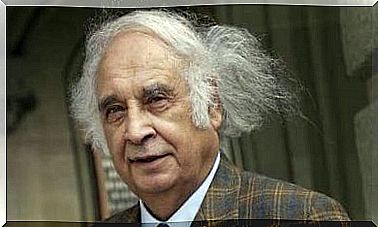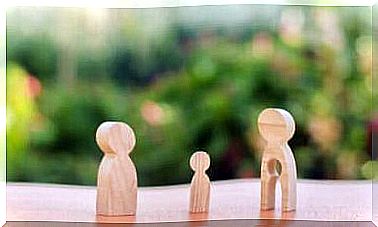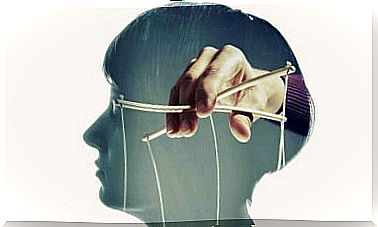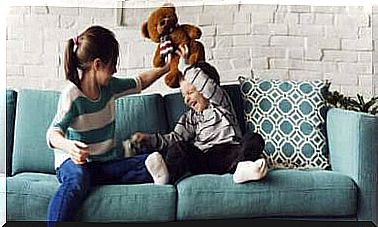Child Psychomotricity: Observing And Intervening
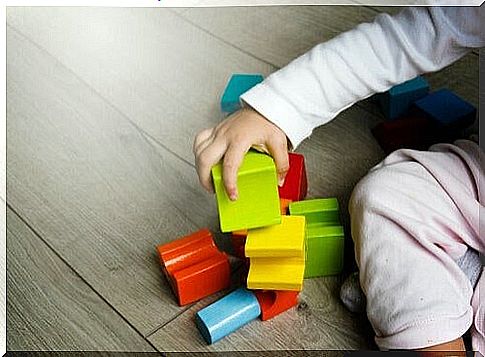
When we talk about child psychomotor skills, we think of the ability to move correctly and appropriately to the environment. However, its significance goes far beyond that. Psychomotricity is a window on the world for the child, in all its symbolic functions, both behavioral and cognitive.
A good psychomotor skill is usually the prelude to a correct acquisition of language and its proper use in communication and interaction with others. The concept of psychomotor, therefore, pertains to cognitive, emotional, symbolic and sensorimotor interactions that operate in the child during his cognitive, motor and emotional development. In interventions aimed at improving the child’s psychomotor skills, we work on aspects:
- Engines: balance, laterality and coordination.
- Cognitive: perception, representation or creativity.
- Affective-relational: acquisition of limits, regulation of impatience, emotions and security.
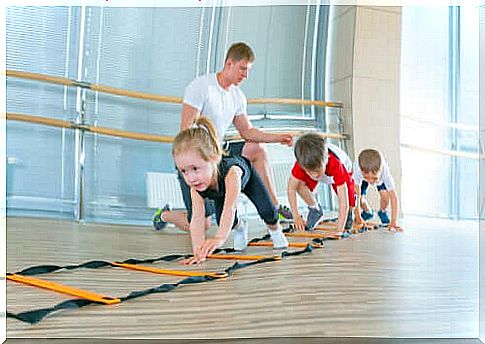
Stimulating psychomotor skills in children
In the field of education, psychomotor skills, that is the bodily experience towards adults and peers, objects and space, is essential for the correct development of the child.
The activities used to develop this type of skill must always be attractive, varied, stimulating, enjoyable and fun. The main elements for obtaining good psychomotor stimulation are:
1. Space, tools and role of the adult
The tools or materials used must be varied and suitable for the child’s age. Furthermore, both the educator and the space used must accompany him in play and movement. The aspects to consider are therefore:
- Space : It is essential to organize a safe environment. At the same time, it must be captivating enough to stimulate the child’s skills that interest us most.
- Materials : the greater the variety of tools, the greater the child’s psychomotor development.
- The role of the adult: the educator must have the ability to observe, listen and communicate verbal and non-verbal. Furthermore, the attitude and involvement of the adult in the game is very important.
2. Outline of the sessions
In order for the child to get the most benefit from the psychomotor hour, it is important that the scheme is prepared before starting.
It is necessary to plan precisely the type of activity that you intend to propose to the group. At the same time, it is good to let the child free to improvise in some moments. These free spaces, however, must not break the basic rule: the educator is the orchestra conductor all the time.
3. The importance of play in child psychomotor skills
Play is one of the most useful activities in a child’s daily life. It helps him, in fact, to develop many dimensions: explore the space around, learn the existence of rules, create, experiment, enter into relationships with peers, etc.
Each game has a different purpose, but they all aim for a goal anyway. For this reason, play is one of the main tools in child psychomotor skills.
The development of infantile psychomotor skills from 0 to 3 years
In the first years of life, the child develops his psychomotor skills. This improves, among other things, personal autonomy and the ability to relate to others.
Let’s see the evolution of skills in the first three years of life. By observing the progress of the child, it will be easier to understand if the development is happening harmoniously. In this way, we will be able to assess whether additional help is needed.
Infantile psychomotor from 0 to 9 months
- The child fixes his gaze and moves his eyes following the movement of an object or a person.
- He smiles responding to stimuli.
- Visually recognizes the mother or caregiver.
- It interacts positively by making sounds.
- He lifts and moves his head when on all fours.
- Change position; for example, by lying on your side and then on your stomach.
- It sits and stands straight even without support.
- He smiles and moves his legs when he sees people he knows.
- He smiles at his own image in the mirror and tries to interact with it.
- He gets angry and cries if his mom goes away.
- Reacts uncomfortably to the presence of strangers.
From 9 to 12 months
- The child sits and stands with the help of a support.
- Crawl.
- He puts away and removes objects from a container.
- He takes his first steps with the help of mom and dad.
- Interacts affectionately with other people.
- It responds when called by its own name.
Warning signs at 12 months
- If he doesn’t have support, he still can’t sit up.
- Cannot hold objects with both hands.
- He doesn’t smile at familiar people.
- He still shows disinterest in what is happening around him.
- It makes no sounds to attract attention.
- He does not cry or protest at the absence of the people he is very attached to.
From 12 to 24 months
- He can already stand and walk even without support.
- He is capable of rolling the ball like an adult does.
- Start using the spoon, grabbing it firmly.
- Start eating solid foods without any problems.
- Freely manipulate construction games.
- It recognizes the parts of the body.
- He is able to recognize people who are not his family but who belong to his daily environment.
- It recognizes objects of common use (spoon, tablecloth, games).
- By playing it imitates the movements of the adult.
- Accept the absence of parents, albeit with some initial protest.
- Repeat actions that amuse him or get his attention.
- Explore and show curiosity for familiar objects.
- He drinks from the cup by supporting it with both hands.
- He bends down to pick up the objects on the ground.
- It recognizes the fundamental spaces of its usual environment (home, park, school, etc).
- Play with other children for short periods.
- Lend items to other children when asked.
- It recognizes some typical elements of the season of the year in which it is found: clothes, shoes, etc.
2-year warning signs
- He still does not walk alone.
- It does not recognize the main parts of the body.
- He never comes close and shows no interest in other children’s play.
- He errs in imitating the actions of adults.
- It does not recognize home environments (kitchen, bathroom, bedroom).
- He still doesn’t respond to his name.
From 24 to 30 months
- He can jump on both feet.
- Throw the ball with your hands and feet.
- He takes off his shoes and pants if unbuttoned.
- Using the spoon and knife, he drinks from the cup without spilling the drink.
- It recognizes the toilet and uses it on the advice of the adult.
- It moves easily in known spaces (home, school, etc).
- Identify some natural changes corresponding to the seasons of the year.
- He recognizes loved ones in photographs. Play with peers.
- It is able to distinguish images referring to people, animals and plants.
- Greet other children and adults upon request.
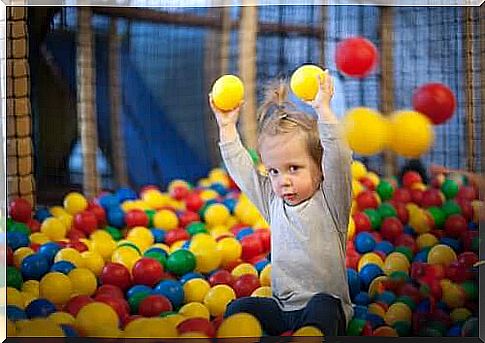
Child psychomotricity from 24 to 36 months
- It performs manipulation activities such as screwing, mounting, threading.
- Runs and jumps with some self-control.
- He asks to go to the bathroom when he needs it.
- He is already beginning to express preferences towards some kindergarten classmates.
- Show affection towards younger children and pets.
- He begins to learn the rules and habits of social behavior in the groups he belongs to.
3-year warning signs
- He still doesn’t go to the toilet in the toilet yet.
- He is unable to carry out simple requests.
- It does not recognize images.
- Stay isolated. He shows no curiosity about things.
- He still uses isolated words without conjunctions.
- It is unable to follow simple paths (vertical, horizontal, etc).
These signals are just simple indicators; they serve to activate us and make us consider the possible intervention of a specialist to help the child strengthen certain skills.
However, there is no need to worry excessively if your children do not reach all the milestones indicated for each age. With timely intervention, most of the delays in a healthy child’s cognitive development can be recovered.
